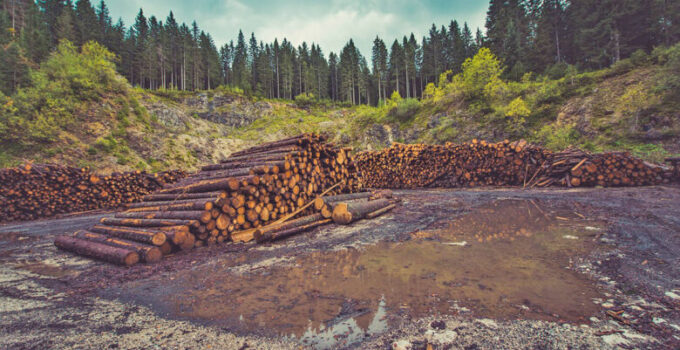The forest sector has come a long way since the days of lumber mills. New technology developments have found their way into forestry with improved data collection and maintenance of the ecosystems. Forest management evolved into a science that keeps up with the latest technological achievements increasing efficiency and sustainability. Protected waterways and tree volumes are better surveyed and incorporated into forest management plans. Other factors like wildlife, soil, insects, and diseases are monitored closely without the need for humans physically doing the work. The modern forest industry is one of the sectors that quickly and silently accepted all technological help to effectively supervise the environment we all rely upon.
1. LiDaR
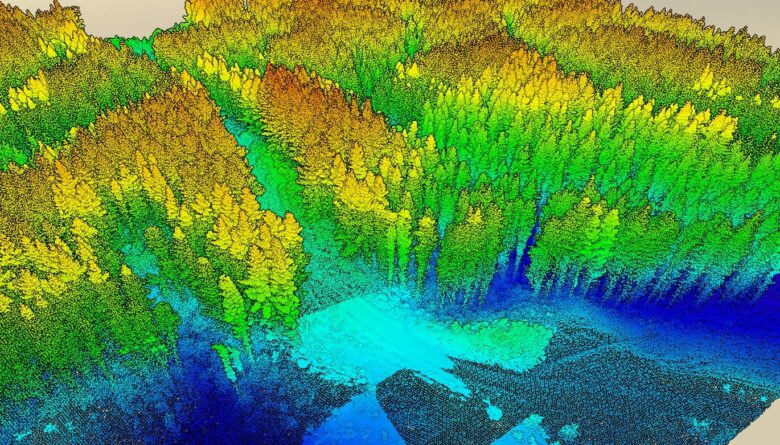
Source: interpine.nz
Light detection and ranging, or LiDaR, is widely used in the forest industry. The laser illuminates the target and the sensor measures the distance and maps out the topography of the terrain. By implementing lasers, surveyors quickly became a thing of the past. Lidar helps forest management to survey in great detail, including the surfaces and tree structures. A lot of manpower hours were saved and mapping the terrain became faster and more precise like never before.
2. Soil sensors
Soil sensors found their place in the forest management by monitoring fertilization and drainage. There are thousands of them with each one adapted to overlook a certain kind of soil and give feedback to the management in order to improve cost-effectiveness. Instead of physically taking samples of the soil, now the sensors can send data that can precisely tell us if there is a need for intervention.
3. Pests
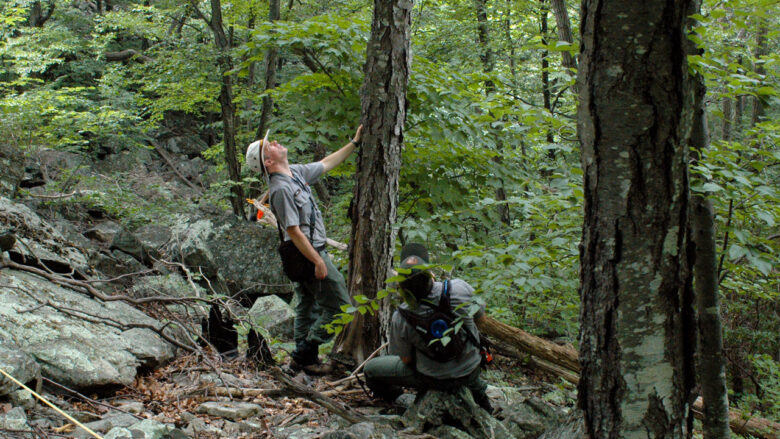
Source: sciencemag.org
Pests and diseases are the biggest enemies of plants. Catching the developing disease on time when there is still a chance to save the tree, or even a whole forest, used to be almost impossible. This is where UAVs, unmanned aerial vehicles, came in. UAVs can detect outbreaks with the certainty of up to 95% which gave a great insight into the management and time to properly react and possibly prevent the pests from spreading.
4. Wildfires
Fires can spread very fast causing immeasurable damage to the ecosystems and endangering human lives. Satellite images of the UAVs help out to spot fires while they are still manageable and coordinate the action with firefighters. Early reactions are crucial in preventing major environmental disasters.
5. Water management systems
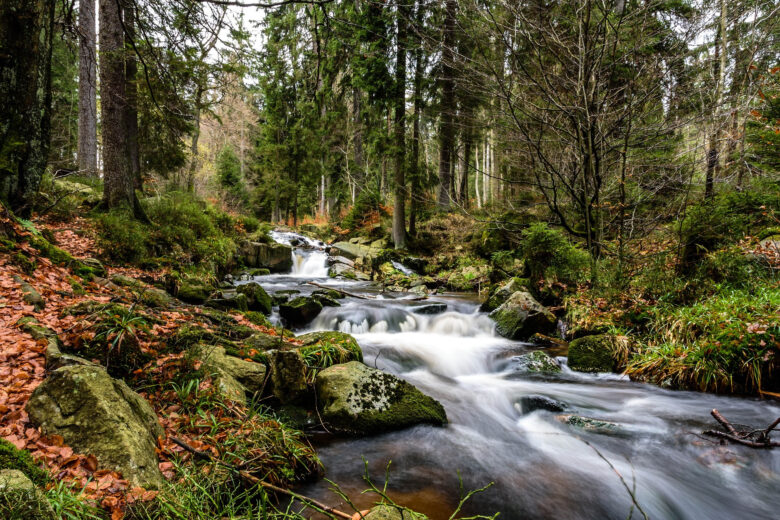
Source: forestknowledge.org
Information systems that provide data about infrastructure, water levels, and forecast about the future potential problems are an integral part of forestry. Being able to monitor and predict the movements of the waterways saves a lot of plants and wildlife. Each water zone is closely overlooked at all times and the smallest change in the climate that carries potential danger to the ecosystem is quickly and effectively taken care of. The technology cannot work by itself though. Collaboration between manpower and machines is needed for efficient management.
6. Mechanization
Even though the forestry sector heavily relies on the latest technologies, heavy equipment and mechanization are still one of the pillars of the industry. Modern machines are used whenever possible and appropriate depending on the terrain and the needs of the end product. Visit this site for the latest developments in heavy machinery that immensely increased safety and labor productivity. Forest operations are now implemented using the technological developments in every part of the equipment helping the forest management to better oversee fertilization, soil quality, drainage, and select plants that are ready to be processed.
7. Genetics
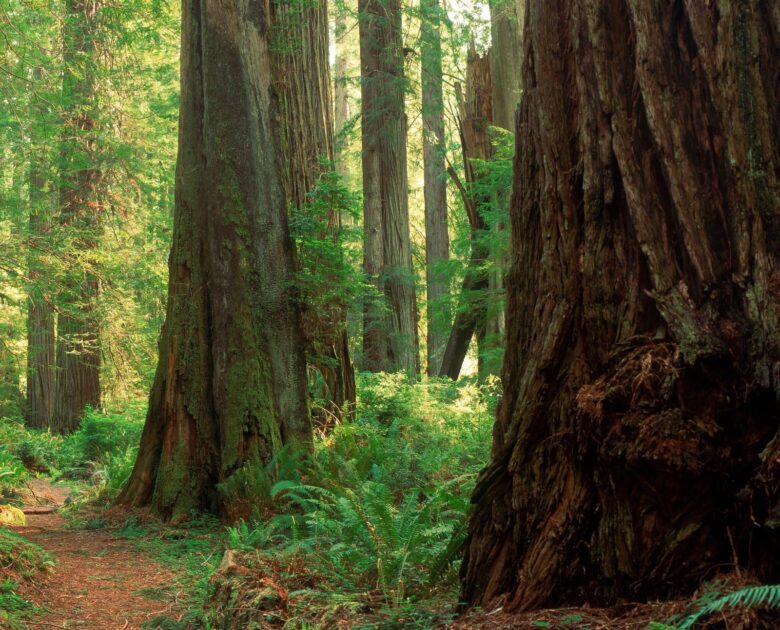
Source: smithsonianmag.com
Scientists are able to extract tree DNA for better control of illegal logging. For decades this presented an unsolvable problem for forestry since there was no way to monitor every tree in every forest and know where exactly the processed wood came from. With the new technology, now we can pinpoint the location of the plants and monitor any illegal activities.
Further, with the plant genetics forestry management can tell if certain trees and shrubs are best suitable for the terrain. Forestation has become a major movement in the past few decades with the help of genetics.
8. Nurseries
These are not your small garden nurseries where you can manually manage the moisture and temperature. Automated nurseries are huge, fully closed, and controlled environments where the water consumption is greatly reduced, sometimes even by 80%. Perfect conditions resulted in trees and plants growing to their full potential with less time and water.
9. Wood delivery

Source: pinterest.com
Remote loading is now possible with the special technology that allows humans to automatically load logs onto the truck without being in near contact with it. Remotely controlled cranes reduced the risk of worker’s injuries and increased efficiency. The process can be controlled either from the truck cabin, where the cabins are reinforced with steel to diminish the risk of fatalities, or completely from the sidelines, the offices. What once looked like an impossible task, now people can perfectly control the distance and eliminate the risk completely.
10. The logistics
Transportation is one of the most expensive part of every industry. In forestry, this is especially true since special heavy equipment is often used to deliver uncommon loads. Lately, many companies implemented software that calculates the best routes and is generally dispatching trucks minimizing transportation costs. Unmanned vehicles are the end goal for forest management, but for now, they are testing it with the drivers still present in the cabin. However, their job was brought down to mostly monitoring the load, weather, traffic conditions, and safety logs.
Forestry has taken big steps forward in applying and executing work with the help of technology. Modern machines, sensors, unmanned aerial vehicles, and lasers unexpectedly found its place right here on Earth. The rapid improvement brought increased safety, and effectiveness while reducing costs, thus making the end products more available to the general public. All of this was done with the ecosystems in mind, to save the trees, plants, and forest animals from distinction. So, technology created a win-win situation for everyone. However, don’t think that this is the end. Digitalization in forestry is in full swing, and management around the world are working tirelessly to further improve the natural habitats and save human lives.

